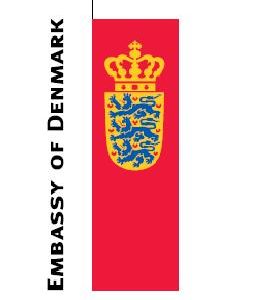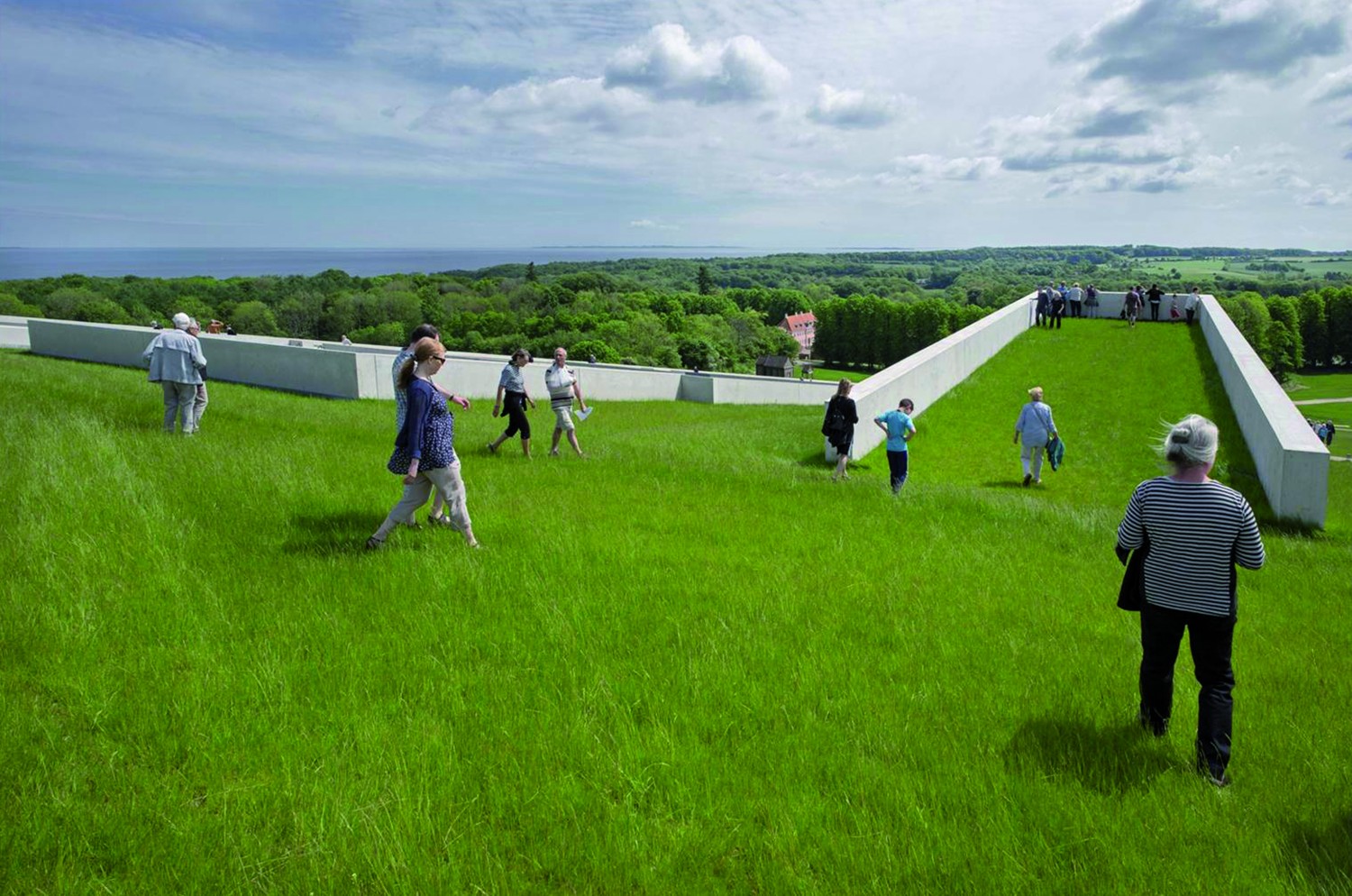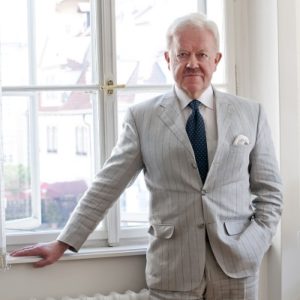Danish architecture: a promise of equality and sustainability
Culture and architecture continuously change. This is best reflected in our cities that often comprise multiple architectural styles at once. With the combination of different styles from various periods comes a great potential for creativity and innovation within the urban landscapes. But even so cultural changes rarely happen overnight – they build on what has already been. This is why it is somewhat difficult to identity a single moment that changed the course of Danish architecture.
It is, nevertheless, a good place to start with the 1930s. This is when Arne Jacobsen and other architects began to make simplistic and functional buildings of concrete, iron and glass. With irregular ground plans, flat roofs, open plan interiors and glass facades their buildings stood out from anything we had seen before. One could therefore say that they brought Danish architecture unto a new path.
On this very path we also find Jørn Utzon’s Sydney Opera House, Johan Otto von Spreckelsen’s Grande Arche in Paris and Henning Larsen’s Foreign Ministry building in Riyadh. Situated at diverse locations, these buildings highlight that Danish architecture thrives in a global setting. In addition, it should be mentioned that architecture and design are not just bricks and mortar to Danes. On the contrary, they reflect our social model where everyone is part of a community. We believe that good design and great architecture are not reserved for the elite. They belong to the masses as we all benefit from solutions and objects that improve and beautify our lives.
It is in this relation that we also have the architect Jan Gehl. He has earned a wide reputation in designing public spaces worldwide. Under the title “life between buildings” he aims to give people more options for social activity and interaction. For example, he leads a project that should optimise cycling paths in Sydney by 2030.
Internationally, Danish architects thus seem to strike a chord with their empathic focus on users’ needs. This is combined with a sense of finding sustainable solutions. Their approach to aesthetics and design builds on a grand heritage of simplicity in which they work with daylight and honest materials. Consequently, we find Danish architecture along a path that now emphasises: simplicity, equality and sustainability.
Zdroj: Redakce AW – Organics City 2016
Christian Hoppe, Ambassador of Denmark in the Czech Republic
 Velvyslanectví Dánského království
Velvyslanectví Dánského království
Royal Danish Embassy
Maltézské náměstí 5
118 01 Praha 1 – Malá Strana
Česká republika
Czech Republic
+420 257 531 600



 English
English
